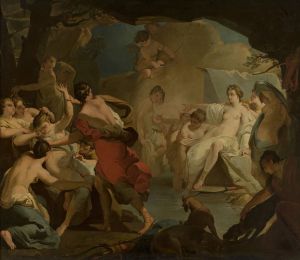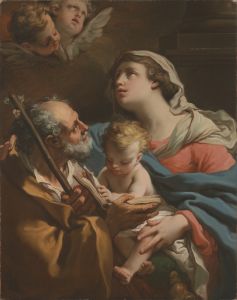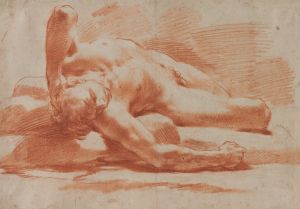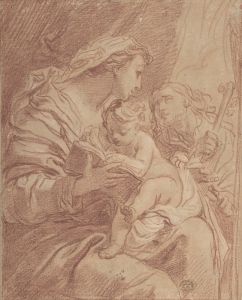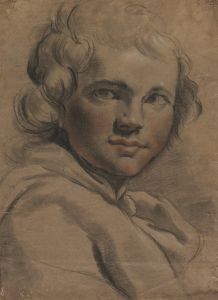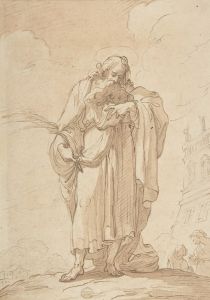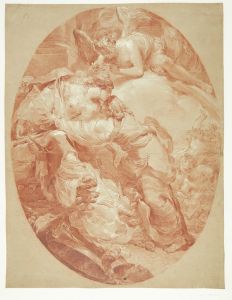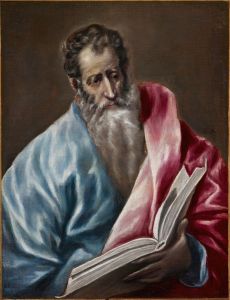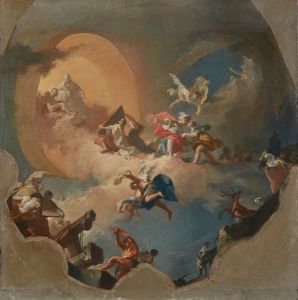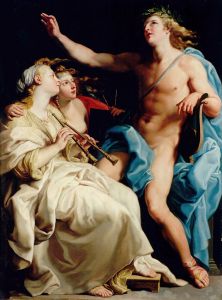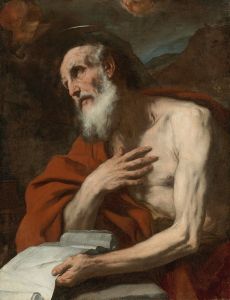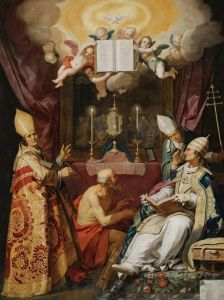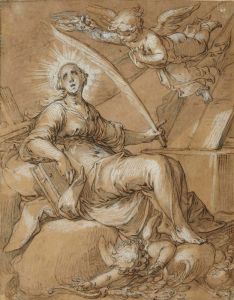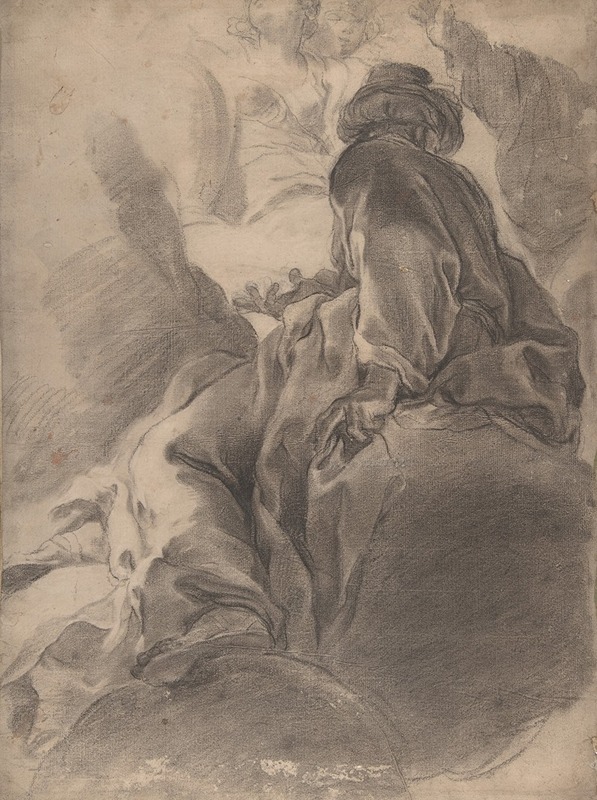
Seated Prophet
A hand-painted replica of Gaetano Gandolfi’s masterpiece Seated Prophet, meticulously crafted by professional artists to capture the true essence of the original. Each piece is created with museum-quality canvas and rare mineral pigments, carefully painted by experienced artists with delicate brushstrokes and rich, layered colors to perfectly recreate the texture of the original artwork. Unlike machine-printed reproductions, this hand-painted version brings the painting to life, infused with the artist’s emotions and skill in every stroke. Whether for personal collection or home decoration, it instantly elevates the artistic atmosphere of any space.
Gaetano Gandolfi (1734–1802) was an Italian painter and draftsman, known for his contributions to the late Baroque and early Neoclassical periods. He was part of the Gandolfi family of artists, which included his brother Ubaldo Gandolfi and his son Mauro Gandolfi, both of whom were also accomplished painters. Gaetano Gandolfi's work is characterized by its dynamic compositions, vibrant colors, and expressive figures, often depicting religious and mythological themes.
"Seated Prophet" is one of Gandolfi's notable works, although specific details about this particular painting are limited. The painting is believed to depict a prophet, a common subject in religious art, often representing figures from the Old Testament. Prophets in art are typically portrayed as wise and contemplative, often shown in moments of divine inspiration or revelation.
Gandolfi's style in "Seated Prophet" likely reflects his mastery of anatomy and his ability to convey emotion through posture and expression. His training at the Accademia Clementina in Bologna, where he later became a professor, would have provided him with a strong foundation in the techniques of drawing and painting, which are evident in the detailed rendering of the prophet's form.
The use of light and shadow in Gandolfi's work often enhances the dramatic effect, a technique that can be traced back to the influence of Baroque artists such as Caravaggio. Gandolfi's ability to capture the human form with such vitality and realism would have made "Seated Prophet" a compelling piece for viewers of his time.
While specific information about the provenance or current location of "Seated Prophet" is not readily available, Gandolfi's works are held in various collections around the world, including museums and private collections. His paintings are appreciated for their technical skill and the emotional depth they convey, making them valuable pieces for study and appreciation in the context of 18th-century Italian art.
Gandolfi's influence extended beyond his own work, as he played a significant role in the artistic community of Bologna. His teaching at the Accademia Clementina helped shape the next generation of artists, and his works continue to be studied for their contribution to the transition from Baroque to Neoclassical styles.
In summary, while detailed information about "Seated Prophet" is limited, Gaetano Gandolfi's reputation as a skilled painter of religious and mythological subjects provides a context for understanding the significance of this work. His ability to convey emotion and movement through his art remains a testament to his talent and influence in the art world of his time.





